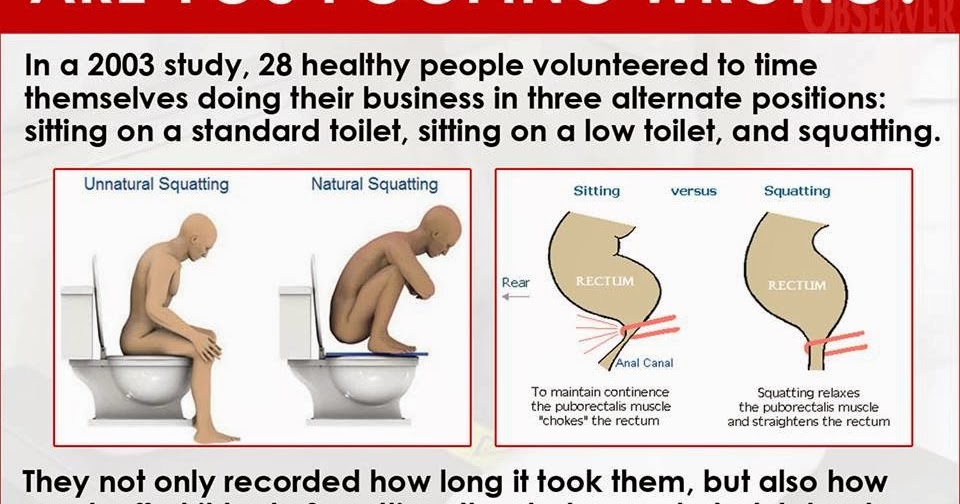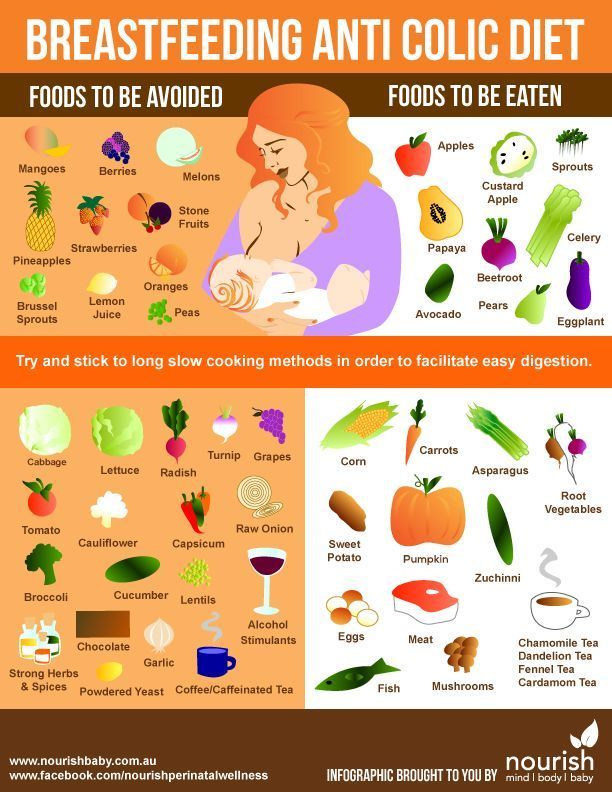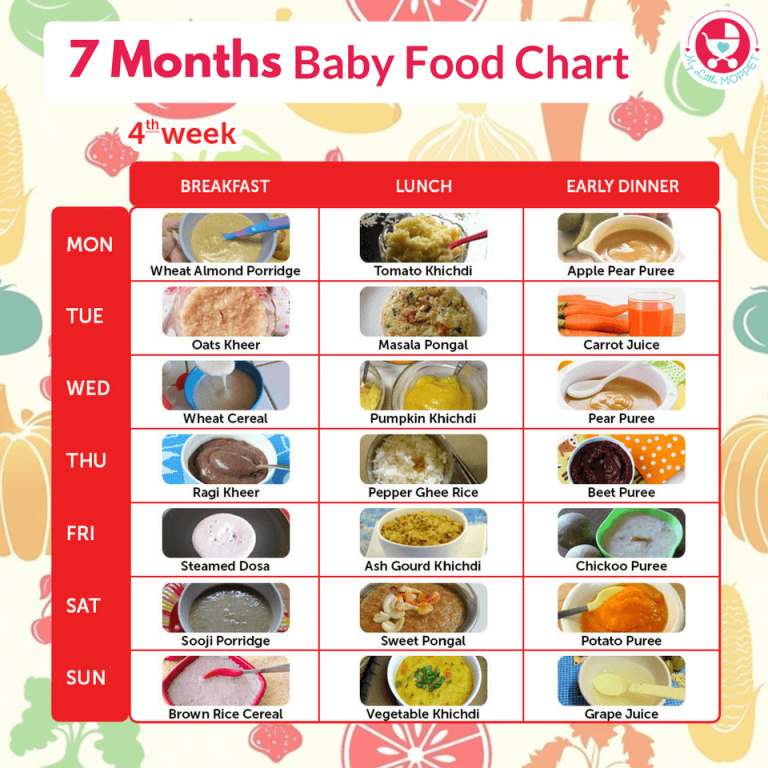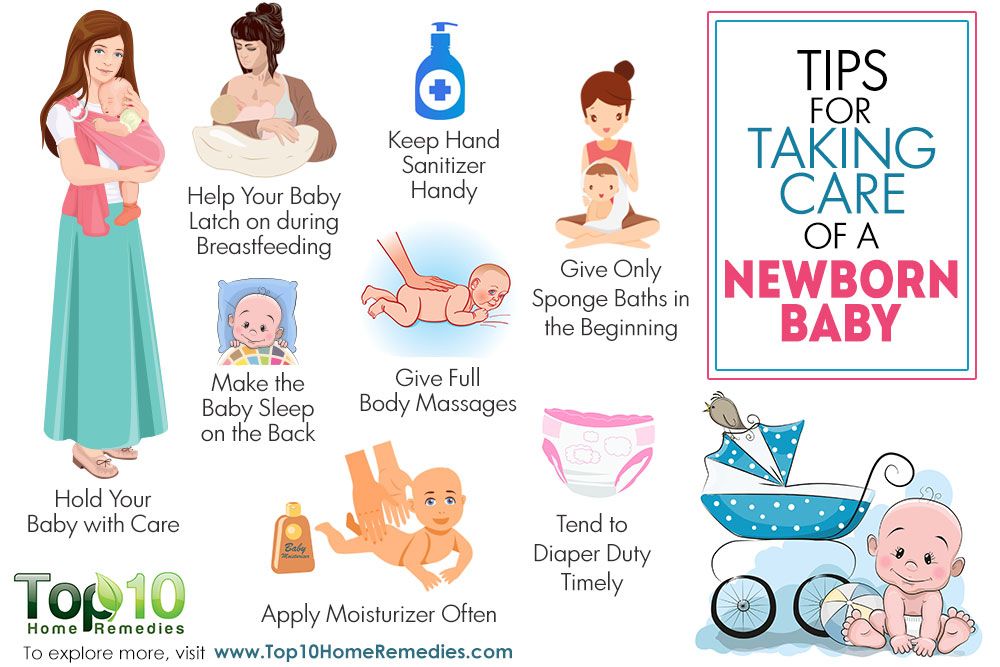My baby poop after every feeding
How often should a newborn poop?
Yes, it's normal if your baby is pooping after every single feeding. You’ll quickly discover that when it comes to newborns, poop frequency comes in a wide range of normal.
Some babies are just more productive poopers than others. It’s perfectly okay to end every feeding with a diaper change, or to not see a single bowel movement for a few days. Your baby pooping a lot probably isn’t an issue, unless you’re changing three or more extra-watery diapers a day. In that case, it could be diarrhea, which is something to let your baby's doctor know about.
How often should a newborn poop?
It varies. Poop habits differ a lot from baby to baby. The average frequency is one or more bowel movements daily. But some newborns produce five or more dirty diapers a day in their first 2 weeks of life, while others go for days without pooping.
It’s not unusual for newborns to poop a lot, since they spend most of their waking hours eating. In general, breastfed babies poop more than formula-fed ones. In fact, your baby may poop while nursing and again once they’re done – which is why you may want to wait a few minutes after you're finished breastfeeding before swooping in with a clean diaper.
Because breastfed poops contain more liquid, they’ll look more watery than the stools of formula-fed babies. (See real photos of the different kinds of baby poop here.)
When a breastfed newborn poops after every feeding during the first few weeks, take it as a good sign – it means they’re getting plenty of milk. Even though formula-fed babies may have less frequent bowel movements than breastfed babies, it's normal for them to poop after every feeding as well.
The frequency of your baby's bowel movements may start to slow down by the time they're around 6 weeks old, but some babies continue their pattern of pooping after every feeding for much longer. (It’s not uncommon for some 1-year-olds to poop five times a day. )
)
How long can a baby go without pooping?
If your baby hasn’t had a bowel movement in a few days, there’s no need to immediately fear the big “C” (aka, constipation). Babies can go days, or even a week, without producing a dirty diaper. A breastfed baby can go even longer – as long as two weeks without pooping if they haven’t started on solid foods yet.
Advertisement | page continues below
If the bowel movements your baby does make are soft, constipation probably isn’t an issue. Exclusively breastfed babies rarely get constipated because breastmilk is an economical food. Your baby gets just what they need, with little waste leftover to poop out.
True constipation in babies typically happens from a change in diet, a lack of fluids, or an illness. The telltale sign is hard, dry stools. If your baby is constipated, they may get extra fussy and look like they’re straining uncomfortably when they try to go.
Should I ever be worried about my baby pooping a lot?
Generally, if your baby's bowel movements are fairly consistent and they’re acting like their usual self, frequent poops aren't a cause for concern. However, if there's a sudden change in your baby's pooping pattern and their stool becomes watery, check with their doctor. Very watery bowel movements could be a sign of an infection.
However, if there's a sudden change in your baby's pooping pattern and their stool becomes watery, check with their doctor. Very watery bowel movements could be a sign of an infection.
Call the doctor if your baby has any of these other poop-related symptoms:
- Pulling their legs up to their stomach (a sign that their tummy hurts)
- Straining to have a bowel movement
- Poop that looks like small, hard pebbles or is extra watery
- Irritability
- A swollen belly
- Blood in their poop
If my baby is pooping a lot, are they more prone to diaper rash?
Babies who have frequent bowel movements can be more susceptible to diaper rash. Constant contact with stool can irritate the sensitive skin on their bottom.
The best way to prevent diaper rash is to keep your baby’s bottom clean and dry. To start, change their diapers more often. Wash their skin clean with warm water during each change.
You may want to coat the area with a diaper rash cream or a product containing zinc oxide or petroleum jelly to create a barrier. And instead of putting on a new diaper right away, let your baby go diaper-less for a little while each day so their bottom can fully air dry. If these tips don’t relieve the diaper rash, give your baby's doctor a call.
And instead of putting on a new diaper right away, let your baby go diaper-less for a little while each day so their bottom can fully air dry. If these tips don’t relieve the diaper rash, give your baby's doctor a call.
Read more:
A new parent's guide to baby poop
Age-by-age guide to feeding your baby
How much formula newborns and babies need
Breastfeeding and Baby Poop - What's Normal? — Leva
While poop is a subject that can make your stomach churn, knowing the normal color, consistency, and frequency of stool can give you a lot of insight into your baby’s health. If you are breastfeeding, the appearance of the poop can also give you clues as to whether your baby is consuming enough milk.
What is the normal appearance of poop for breastfed babies?
In the first 24 hours of life, your baby will produce meconium stools – blackish, tar-like poop made from the mucus, amniotic fluid, skin cells, bile, and other materials that he/she consumed in the womb. The colostrum in breast milk has a slight laxative effect which will help rid the body of this meconium. In the next 24 hours, your baby should produce another two poop diapers, which will start to become a mustard-colored, pasty poop with the consistency of cottage cheese. This poop may also contain small amounts of mucus.
The colostrum in breast milk has a slight laxative effect which will help rid the body of this meconium. In the next 24 hours, your baby should produce another two poop diapers, which will start to become a mustard-colored, pasty poop with the consistency of cottage cheese. This poop may also contain small amounts of mucus.
Within three to five days, the poop will take on the typical appearance of breastfed baby poop – a mustard color, seedy in texture with a sweetish scent.
How often will my breastfed baby poop?
According to studies, there is no "normal." Some babies may poop after every feeding (5 – 12 times a day), while others may only poop once every three to six days. One study found that on average, babies poop 3 times a day in the first week, twice a day in the second week, 1.8 times in the third week and 1.5 times a day in the fourth week. In the second and third month, babies pooped 1.4 times a day, which reduced to 1.2 times a day in the fourth month. Although it may seem strange, the frequency (or infrequency) of your baby’s bowel movements aren’t a cause for concern, as long as your baby is getting enough to eat and is steadily gaining weight.
Although it may seem strange, the frequency (or infrequency) of your baby’s bowel movements aren’t a cause for concern, as long as your baby is getting enough to eat and is steadily gaining weight.
Why does my breastfed baby poop after every feeding?
Pooping after every feed indicates that your baby is getting enough to eat. Breastfeeding tends to fill the stomach up, stimulating the digestive tract, causing a bowel movement. In the beginning, you may notice that your baby poops after every feed, but this frequency slows down as her digestive system matures and she settles into a routine. In the first few weeks of life, it is normal to poop after every feed, or at least once a day.
How do I know if my breastfed baby has diarrhea?
Most breastfed babies produce stools that have a slightly loose or runny consistency. This occurs because your baby absorbs most of the solids from your breast milk and passes the more liquid components. However, if your baby is passing stools that are watery or greener than usual, it may be a sign of diarrhea.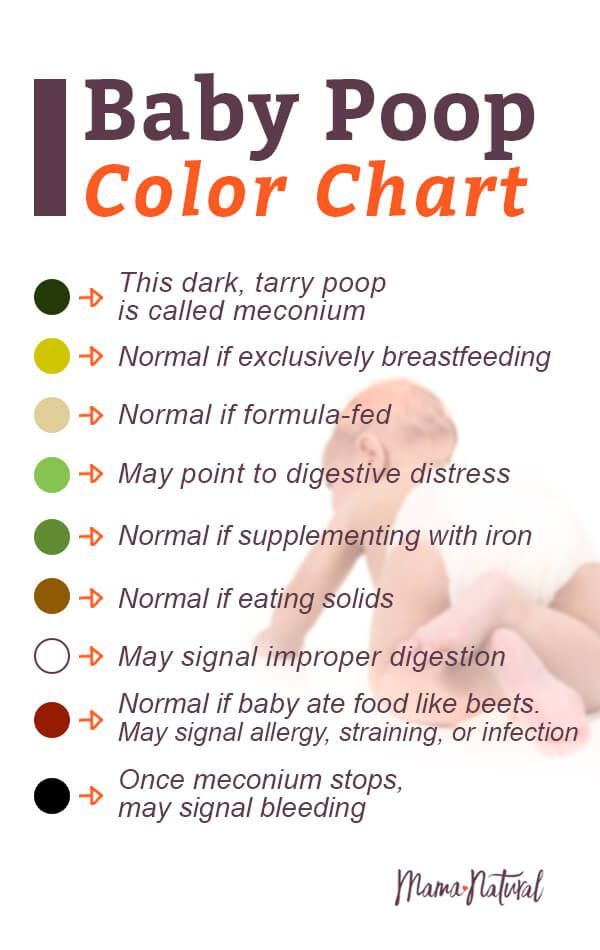 Diarrhea in breastfed babies is often caused by a virus and carries the risk of dehydration. It also often causes a diaper rash. Contact your doctor for an official diagnosis and a treatment plan.
Diarrhea in breastfed babies is often caused by a virus and carries the risk of dehydration. It also often causes a diaper rash. Contact your doctor for an official diagnosis and a treatment plan.
Why has my breastfed baby stopped pooping?
Breastfed babies rarely get constipation. Babies usually poop more than once a day in the first few weeks of life. Less than this could indicate that he/she is not getting enough to eat. At around the age of six weeks to three months, your baby may poop once a day to once every three days, which is normal. If your baby is not pooping at all, it could be a sign of a health issue. Other symptoms that could signify a health issue include:
Stomach bloating
Refusing feeds
Excessive crying
Fever
Call your doctor if your baby has not had a poop for longer than a week, and is accompanied by the symptoms mentioned above.
How do I know if my breastfed baby has constipation?
As mentioned before, constipation is rare in breastfed babies. Babies often look like they are straining during a bowel movement, but this does not indicate constipation. Straining usually occurs because they spend a lot of time on their backs and don't have gravity to help them expel the stool.
Babies often look like they are straining during a bowel movement, but this does not indicate constipation. Straining usually occurs because they spend a lot of time on their backs and don't have gravity to help them expel the stool.
Indications of constipation are:
Hard poop.
Extreme discomfort and crying during a bowel movement.
Bloody and hard stools.
Not wanting to feed.
If you notice these symptoms, you may want to visit your doctor, especially if it goes on for a few days. Breastfed babies generally only develop constipation when solid foods are introduced. Foods that cause constipation include rice cereals, bananas, cow's milk, and low-fiber carbohydrates such as bread and pasta.
When should I worry about breastfed baby poop?
As long as your baby is pooping consistently – whether after every feed or once every three days, there is no need to worry. Her stools should also be soft and mustard-colored. You may need to call your doctor if you notice any of the following symptoms:
You may need to call your doctor if you notice any of the following symptoms:
Her pooping frequency changes abruptly, where she was once pooping after every feed; she now doesn't poop for more than three days.
Her poop becomes hard or thicker than the consistency of peanut butter.
You notice the presence of mucus in her diaper.
Her stool becomes light-colored or white, signifying a liver issue (or a stomach bug).
Her stool is black or red in color – which could indicate bleeding.
In conclusion, knowing the signs of healthy baby poop helps you keep a handle on whether your baby is feeding enough and if there may be indications of an illness. There is no 'normal' pooping frequency in a breastfed newborn. Some babies will poop after every feed, while others poop once every three days. As long as your baby is producing soft, mustard-colored poop with a seedy consistency and is steadily gaining weight, you have nothing to worry about.
What to do if the child poops after every meal?
A child's stool is one of the most important indicators of the functioning of his digestive system. It perfectly reflects what the baby ate, how much food he ate and how his body reacted to it. That is why young parents need to constantly check the contents of a newborn's diaper or the discharge of an older child.
However, with such control, many mothers ask - why does the child poop after almost every meal, and is this normal? It’s worth starting with the fact that each baby is individual. How many times he defecates can depend on many factors. nine0003
There is no strict standard for this indicator. Of course, constipation or diarrhea are manifestations of indigestion, but there is no need to immediately panic. It is worth understanding the reasons for this phenomenon and consulting with a specialist.
Contents
- How many times should a baby poop?
- Age norms for defecation of children
- Additional criteria for normal stool
How many times should a baby poop?
The first thing young parents should remember is that their child owes nothing to anyone. nine0003
nine0003
The number of visits to the child's toilet depends on many factors
Moments that directly affect the number of bowel movements in a child are:
- Age. The older the child, the less often it defecates;
- The degree of development of the digestive system. This is especially noticeable in newborn boys and girls;
- Power type. Formula-fed babies poop a little less than breast-fed babies;
- Presence of concomitant pathology. A variety of disorders of the gastrointestinal tract can bring an imbalance in the normal mode of defecation from an early age of the baby. nine0012
In connection with these nuances, it is necessary to understand that if a child poops after each meal or 1 time in 2 days, then this may be normal in both cases.
The main criteria by which it is worth evaluating the physiology and "normality" of this process are:
- General well-being of the baby.
 It is necessary to pay attention to the facial expression of the crumbs at the time of defecation, to the sounds that she makes. When instead of the usual groaning there is a loud cry, then something definitely disturbs her; nine0012
It is necessary to pay attention to the facial expression of the crumbs at the time of defecation, to the sounds that she makes. When instead of the usual groaning there is a loud cry, then something definitely disturbs her; nine0012 - Regularity. 8-10 times after each feeding indicates good intestinal motility. However, 1 bowel movement, but every 2 days, is also an indicator of the stability of the functioning of the gastrointestinal tract. The main thing is the well-being of the child;
- Presence of pathological impurities. The usual feces are mushy, yellowish in color. If particles of pus, mucus, blood or undigested fragments are found in it, look for it, then you should consult a pediatrician.
Age norms for defecation of children
The older the child, the fewer trips to the toilet should be.
It must be understood that over time, the digestive tract matures more and more and begins to function like in adults. This is manifested by a decrease in the frequency of bowel movements.
To avoid confusion about how many times a baby should poop, there are conditional normative indicators of this process, depending on age.
They look like this:
- 1-3 months - 10-12 times a day. The child can defecate after each meal;
- 3-6 months - 4-7 times a day;
- 6-12 months - 2-3 times;
- In children after 12 months, defecation occurs on average 1-2 times a day. If a child poops after every meal for a year, then you should carefully monitor his diet. Such an increase in the number of bowel movements may indicate the presence of a disease, so it is better to consult a doctor.
Additional criteria for normal stools
In addition to the number of trips to the toilet, parents need to monitor the nature of the feces. This is especially important during the neonatal period. In the first 3 days, when the baby is still in the hospital, doctors constantly ask mothers if he pooped, and how.
stools in children can be both frequent and not very
Important criteria to pay attention to are:
- Number of stools. The first days one bowel movement is approximately 5 g. At 6 months 40-50 g, and closer to a year - 100-150 g; nine0012
- Colour. The original feces (meconium) are green in color. During breastfeeding, yellow remains the most characteristic color. There may be different variations of it, which is due to the individual characteristics of the organism. After the introduction of complementary foods, it begins to darken and closer to the year it can become completely brown;
- Smell. In infants who are breastfed, the stool has a slightly acidic odor. Then, as with artificial nutrition, it is more rotten;
- Additional components in the stool. If the mother saw undigested food particles (vegetables, fruits: bananas, apples), white lumps (clots of fat), green streaks of mucus in the feces of a newborn, then you should not immediately panic.
 In most cases, this is due to the continuing adaptation of the infant's body to the environment. However, impurities such as pus or blood should alert parents. In any case, it is better to contact the local pediatrician for advice. nine0012
In most cases, this is due to the continuing adaptation of the infant's body to the environment. However, impurities such as pus or blood should alert parents. In any case, it is better to contact the local pediatrician for advice. nine0012
Watching your baby's bowel movements is a very serious responsibility in the early stages of his life. Therefore, it is very important to understand what is worth paying attention to. If the child poops after every meal, he may be ill and needs the help of a doctor. The health of children is the most precious thing for their parents.
how to distinguish from gaziki, symptoms, what to do and how to help when intestinal colic begins when breastfeeding
From the age of four weeks, my son began to cry almost every evening at the same time. Yes, so bitter that I wanted to cry with him. nine0003
Ksenia Petrova
doctor, mother, survivor of colic
Author profile
No matter what my husband and I did at that time, he would not calm down.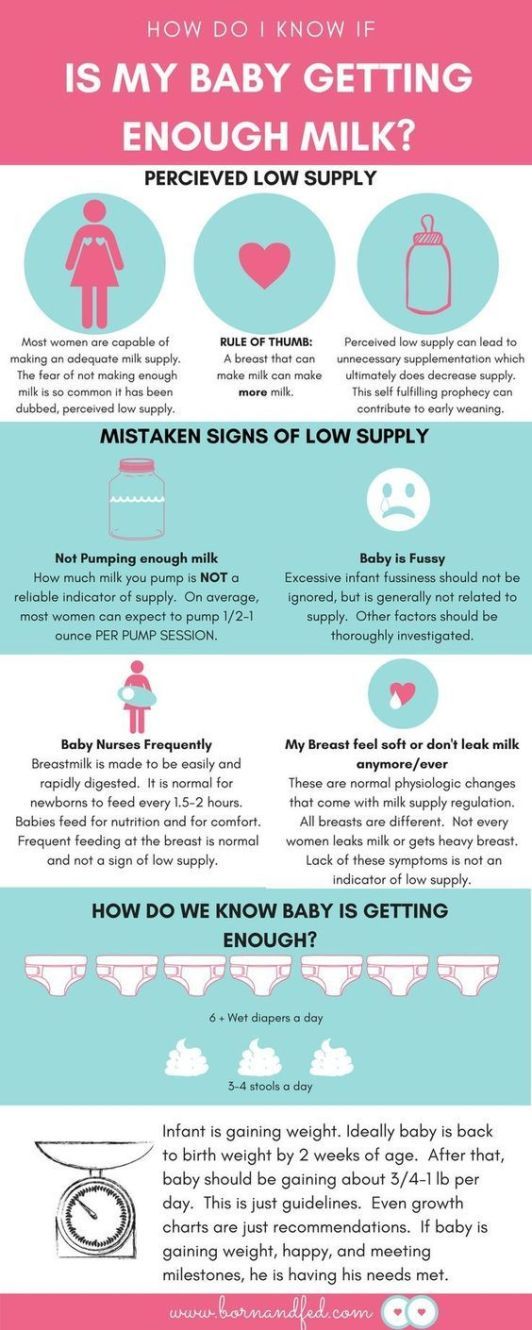 After about an hour, the crying stopped, and the son was again the calmest child in the world. We thought that we were doing something wrong: I needed to change either my diet or my daily routine. But the pediatrician explained that it was colic, and everything would go away on its own.
After about an hour, the crying stopped, and the son was again the calmest child in the world. We thought that we were doing something wrong: I needed to change either my diet or my daily routine. But the pediatrician explained that it was colic, and everything would go away on its own.
Intestinal colic is diagnosed in 30% of children in the first four months of life. To save a child from suffering, parents are ready to give any money. And this is often used by charlatans, manufacturers of biological supplements and infant formula. nine0003
What is intestinal colic in newborns
Intestinal colic is cramping pain in the abdomen. During an attack, the baby behaves restlessly and cries. At the same time, the rest of the time he is calm and looks healthy.
The term "colic" was introduced by the American pediatrician Morris Wessel. He noticed that some healthy children cried more than others. The pediatrician decided to call this phenomenon colic. There was no talk of any illness.
How long does colic last in newborns
In total, colic lasts up to three hours a day. Some parents think that the baby is crying all the time. Therefore, pediatricians recommend keeping a diary with the time of each episode of crying. In it, mark the beginning, end of crying and the reason. At the end of the day, count how much the child cried in total and separately - how much he cried for an unknown reason.
Baby crying diary
| Beginning and end of crying | Total, minutes | Cause |
|---|---|---|
| 05:33 — 05:46 | 13 | Dirty diaper |
| 08:14 - 08:57 | 43 | Fright |
| 11:00 - 11:22 | 22 | Hunger |
| 15:13 - 15:20 | 7 | Dirty diaper |
| 16:49 - 17:15 | 26 | Cause unknown |
| 19:38 - 21:02 | 24 | Other known cause |
| 23:00 - 23:20 | 20 | Hunger |
| Total | 155 minutes | |
| Crying for unknown reason | 26 minutes |
05:33 - 05:46:00
Total
13 minutes
Reason
Dirty scum
08:14 - 08:57
43 minutes
003
Fair
11:00 - 11:22
Total
22 minutes
Reason
Hunger
15:13 - 15:20
only 9000 Dirty diapers
16:49 - 17:15
Total
26 minutes
Reason
The reason is unknown
19:38 - 21:02
only
24 minutes
C reason0003
other well -known reason
23:00 - 23:20
Total
20 minutes
Reason
Hunger
155 minutes
Crying for an unknown reason
9000 26 minutes Diary will help calculate how many minutes a day crying lasts and what is its reason. Download a copy of this plate and fill it out online or in print form.
Download a copy of this plate and fill it out online or in print form.
When does colic start in newborns
After a natural birth, colic in babies can begin as early as three weeks. They occur during feeding or 20-30 minutes after it. With a caesarean section, colic may begin a week earlier. Pediatricians suggest that this is due to a lack of microorganisms in the child's gastrointestinal tract. During natural childbirth, they enter the baby's body from the mother's birth canal, but this does not happen during caesarean section. nine0003
Gut microbiota development and health implications - PubMed
Causes of colic
The exact cause of infantile colic has not been established.
The causes of colic in formula-fed and breast-fed children are the same. They do not depend on gender and skin color, whether the child is full-term or not. And they are found not only in children, but also in the cubs of other mammals. Puppies, for example, can take a pose with an arched back and tucked paws and whine, even if their mother is nearby. nine0003
nine0003
Which children are more likely to have colic, article in UpToDate
Natural dog health remedies: symptoms of colic in puppies
Scientists suggest that colic occurs for several reasons.
Immaturity of the nervous system. Up to three months, nerve impulses may arrive at the digestive system chaotically. As a result, the muscles in the walls of the stomach and intestines sometimes contract incorrectly. It's like pedaling a bicycle with one foot forward and the other back. Due to the disconnected work of the intestine, painful spasms occur. nine0003
Development of the digestive system, article in Pubmed
From three to five months, the supply of nerve impulses improves, the muscles begin to work synchronously, and spasms become less.
Lack of enzymes. Food cannot be digested without special proteins - enzymes. They break down food into simpler constituents. In the first months of life, the salivary glands, stomach, pancreas and small intestine produce few enzymes.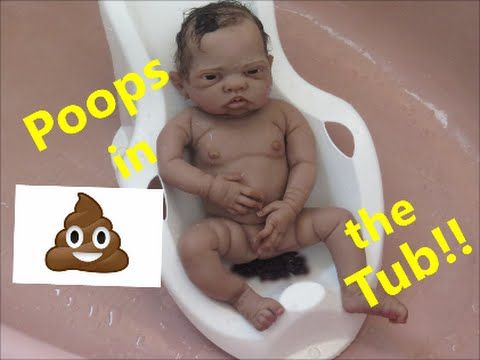 Therefore, their number is not always enough to digest food. Poorly digested food enters the large intestine, where it is processed by bacteria. The fermentation process begins. Gas is formed, and the more, the more it presses on the intestines from the inside. Gas formation leads to discomfort and pain. When gases leave, the child becomes easier. nine0003
Therefore, their number is not always enough to digest food. Poorly digested food enters the large intestine, where it is processed by bacteria. The fermentation process begins. Gas is formed, and the more, the more it presses on the intestines from the inside. Gas formation leads to discomfort and pain. When gases leave, the child becomes easier. nine0003
Parental alarm. Scientists have noticed that children of anxious parents were more likely to be diagnosed with intestinal colic.
Maternal Anxiety Disorders and Baby Crying, Pubmed article
Children are empaths, reflecting the inner state of others, even if they try to hide it. For example, if the mother is often sad, the child will become anxious. Older children are able to express feelings in different ways, and babies, experiencing negative emotions, cry.
At the same time, the frequency of colic is in no way connected with parental experience. The fifth child in the family may have colic, even if the previous four children did not have them, and the parents are sure that they know all the secrets to preventing colic. nine0003
nine0003
Migraine. Infantile colic is considered as a reaction to pain. The source of pain can be not only the stomach, but also the head. In 2013, it was found that children who were diagnosed with migraine were more likely to suffer from colic in infancy. And in 2014, researchers concluded that colic may be an early manifestation of migraine. There is also a suggestion of a feedback loop: children who have had colic are more likely to have migraines in the future.
Relationship between childhood migraine and colic, article in Jama
Maternal smoking and nicotine replacement therapy. A large study confirmed the relationship between maternal smoking and colic in children. We are talking about both the mother's smoking during pregnancy and the inhalation of tobacco smoke by the child. Nicotine interferes with the passage of nerve impulses to the intestines, causes inflammation of its mucosa and reduces blood flow to the gastrointestinal tract.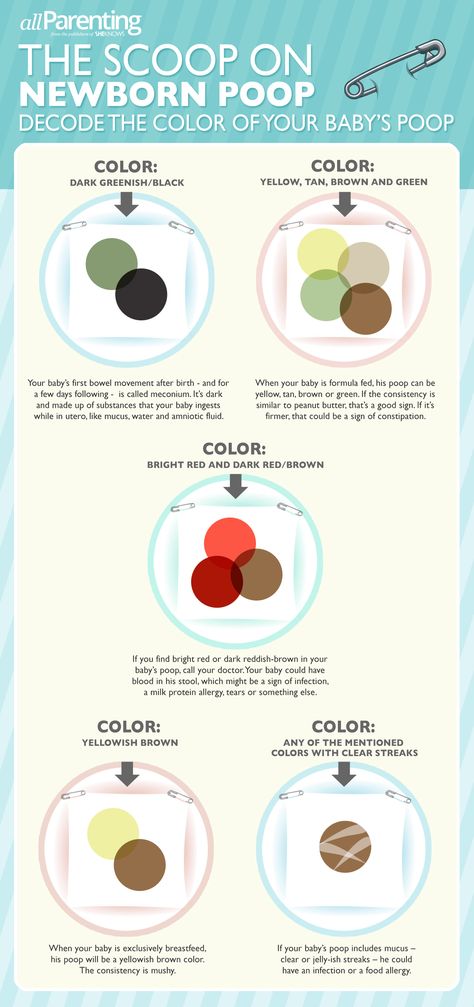 As a result, colic occurs.
As a result, colic occurs.
Pediatrics: how maternal smoking increases the risk of infantile colic
Allergic to cow's milk proteins. Cow's milk protein can enter the child's body directly from artificial mixtures or through breast milk from the mother. In the blood, the protein reacts with antibodies. As a result of this reaction, substances are formed that can damage intestinal cells. Inflammation begins in it, which becomes a source of pain. In a European study, 12,050 children with colic were examined for allergies to cow's milk protein. Among them were children on artificial and natural feeding. Allergy was confirmed in 1% of children. nine0003
Another study found that only 1.7% of mothers get enough cow's milk protein into their breast milk to cause an allergy. This means that even if the child has an allergy, in most cases the mother can continue to drink cow's milk.
Cow's milk protein allergy is easily missed or confused with another disease.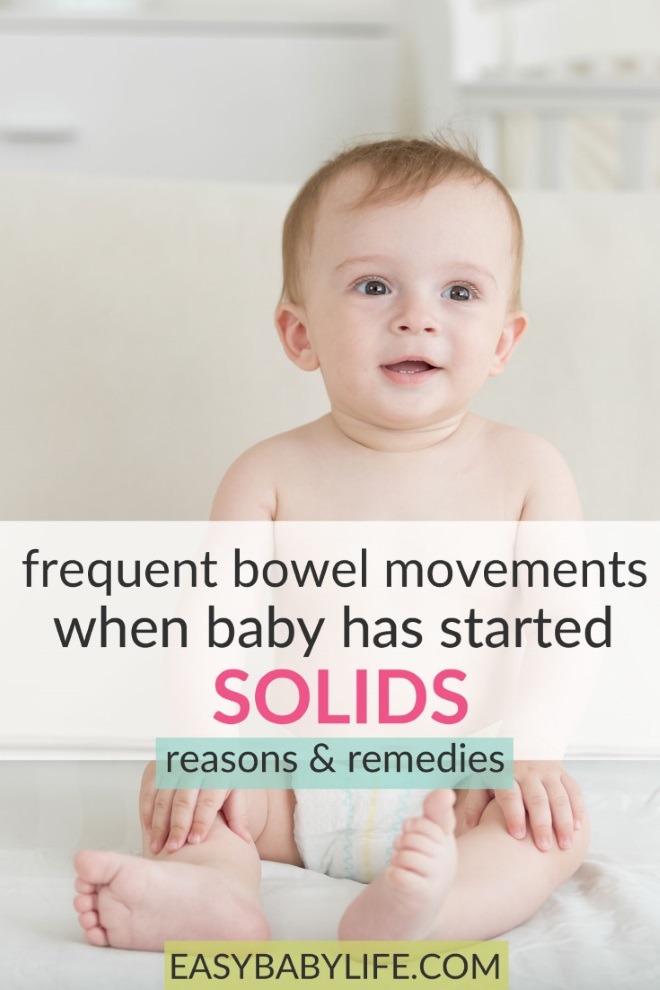 Most often, with an allergy in a child, blood appears in the stool, visible to the naked eye. Less common symptoms:
Most often, with an allergy in a child, blood appears in the stool, visible to the naked eye. Less common symptoms:
- Excessively vivid colic: bouts of intense, inconsolable and prolonged crying.
- Delayed weight gain.
- Mid-feeding cry with early sucking stop and malnutrition.
- Skin rash: if it develops, take the child to the pediatrician.
Diagnosis and treatment of protein allergy in children, a practical guidePDF, 383 KB
Does mom's diet affect colic. To confirm the diagnosis, the doctor may prescribe a diet without cow's milk to the mother, a blood test for antibodies and a stool test for occult blood to the child. nine0003
Changing the diet for colic - Cochrane
How to tell if a baby has colic
Colic appears to be part of normal baby development. Outside of the attack, the baby looks healthy and happy. Therefore, the following symptoms appear only during colic.
How to understand that a child has colic:
- Crying starts suddenly, more often in the evening.
- The face turns red and the skin around the lips turns pale.
- Abdomen swollen and tense. nine0012
- The child's legs are bent and brought to the stomach, and during especially strong crying they can be tense and straightened, cold to the touch.
- Fingers clenched, arms extended and tense.
- Back arched.
American pediatrician and scientist Ronald Barr about six characteristics of crying during colic in children and how parents can survive this and not harm the child
Relief can come after the child poops. At the same time, gases are released and spasms associated with improper coordination of the intestines stop. Sometimes colic can end just after the baby has farted. nine0003 What colic looks like in a newborn: the baby is screaming, the lips and skin around the mouth are pale, the hands are clenched into fists, the legs are brought to the stomach. Source: Luck Club
Source: Luck Club
Colic can occur in the form of contractions: the child cries, then calms down for a few minutes and starts screaming again. And so in a circle.
Less than 5% of children have colic due to illness. Then other alarming symptoms appear in the child:
- The temperature is above 38 °C.
- Diarrhea more than 8-10 times a day. nine0012
- The child has not pooped for three days or more.
- Blood in the stool: streaks of blood, red or crimson jelly-like impurities, black loose stools.
- Increased regurgitation and vomiting.
- Breathing rate less than 40 breaths per minute, wheezing and whistling may be heard on inspiration, blueness around the mouth.
- Any rash on the skin.
- The child is less active than usual, eats less.
- No matter what you do, you cannot calm your child for more than three hours. nine0012
How to distinguish colic from gas in newborns. You can understand that discomfort can be associated with gases by looking at the swollen and tense belly of the baby.
Excessive flatulence may be associated with colic: for example, relief in a child may occur after the child poops. At the same time, gases are released and spasms associated with improper coordination of the intestines stop. Sometimes colic can end just after the baby has farted. Therefore, to help a child with colic, gas tubes are sometimes used. nine0003
First aid for a child with colic
You can try one of the ways to calm the child for a few minutes. If there is no effect, go to the next one:
- Offer him a pacifier.
- Turn on the tummy.
- Ride in your stroller or car.
- Carry your baby in your arms, in a sling or equivalent.
- Rock while standing, in a rocking chair, sitting on a fitball.
- Change location, shade the room. nine0012
- Swing on the baby swing.
- Take a warm bath.
- Stroke your tummy.
- Turn on heartbeat audio.
- Turn on white noise.
- Sing a lullaby or talk to your baby.

- Swaddle loosely.
How to cope with colic, an article in KidsHealth
Pathways.org: how to properly lay the baby on the tummy and how it is useful Photo: Ekaterina Yusupova Stroke the baby's belly clockwise, without effort. Photo: Ekaterina Yusupova With loose swaddling, the baby's legs can move freely With loose swaddling, the baby's legs can move freely
If all else fails, you can put a gas tube on the child. You can buy it in a pharmacy, specify what it is for a baby. It is worth using this method when other methods do not work, and the child's stomach is still swollen and tense.
Lubricate the tip of the gas tube or enema with petroleum jelly or other oil and gently insert it in a circular motion to a depth of three centimeters. You will hear when the gases begin to come out. At the same time, the child may begin to poop. Soon after a bowel movement, the baby will calm down. nine0003
/ya-rodilsya/
From sterilizer to infant carrier: baby shopping list
In the end, you will find a method that is right for your baby. But be prepared that it will not always work.
But be prepared that it will not always work.
How it was with us
My son's colic began from the fourth week and was almost every day, always in the evenings, at the same time. At first, it helped well to rock in a chair to a movie. Worked for a week. On New Year's Eve, the garlands on the Christmas tree came in well, for another week. nine0003
There was a period when nothing helped. My husband and I took turns waiting out this time in the evenings with the baby in our arms. The sling helped from time to time. Then I randomly found one song - Alexey Kosenko, Rain with Me Original Mix - where the piano played and there were sounds of rain. I turned it on on repeat and rocked the child while standing in this rhythm. It helped for two whole weeks. The song still plays in my head sometimes.
If the baby won't stop crying:
- Call a loved one who can support you or babysit. At this time, you can rest. Children are great at reading emotions - if you rest and calm down, then the child may stop crying.
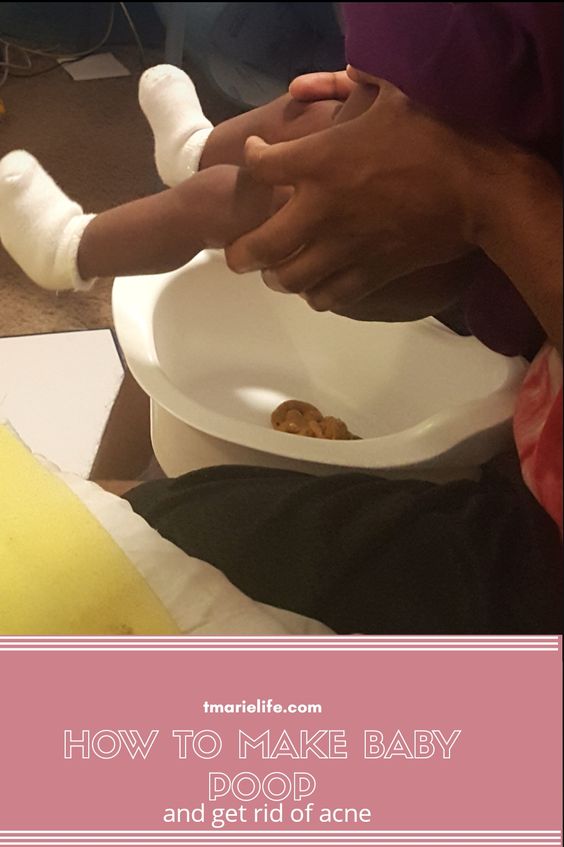 nine0012
nine0012 - If all else fails, put the baby on their back in a crib without blankets or soft toys, go out and close the door. For 10 minutes, do something that will help you relax and calm down. For example, take a shower, have a snack, read or listen to music. After that, return to the baby and try to calm him down again.
Do not shake the baby during colic. In children under two years of age, the neck muscles are not sufficiently developed, the walls of the vessels of the brain are fragile, and the head is disproportionately large in relation to the body. Therefore, when shaking, the brain moves inside the skull, which can lead to injury. This is how shaken baby syndrome occurs. nine0003
The Period of PURPLE Crying: how shaken baby syndrome develops and causes
Don't blame yourself or your child for crying. Find a way for yourself to relax and know that the child will outgrow this period.
How to help a newborn with colic
There are few high-quality studies on the treatment of colic. Those that exist say that most methods are no more effective than placebos. As a criterion for the effectiveness of the method, scientists usually take the time by which the crying of the child is reduced. It is believed that if a treatment reduces crying time by less than 30 minutes a day, then it is ineffective. nine0003 Among the effective methods are only probiotics with Lactobacillus Reuteri and diet. Other methods reduced crying time by less than 30 minutes. Source: Pubmed Among the effective methods are only probiotics with Lactobacillus Reuteri and diet. Other methods reduced crying time by less than 30 minutes. Source: Pubmed
Those that exist say that most methods are no more effective than placebos. As a criterion for the effectiveness of the method, scientists usually take the time by which the crying of the child is reduced. It is believed that if a treatment reduces crying time by less than 30 minutes a day, then it is ineffective. nine0003 Among the effective methods are only probiotics with Lactobacillus Reuteri and diet. Other methods reduced crying time by less than 30 minutes. Source: Pubmed Among the effective methods are only probiotics with Lactobacillus Reuteri and diet. Other methods reduced crying time by less than 30 minutes. Source: Pubmed
Nutrition correction. The method helps children who have colic due to allergies. In this case, the doctor excludes allergen foods from the mother's diet. A bottle-fed baby can be transferred to a deep hydrolyzate. The body of a child with an allergy to cow's milk protein cannot break down this protein. Therefore, in hydrolyzed mixtures, milk protein is already split.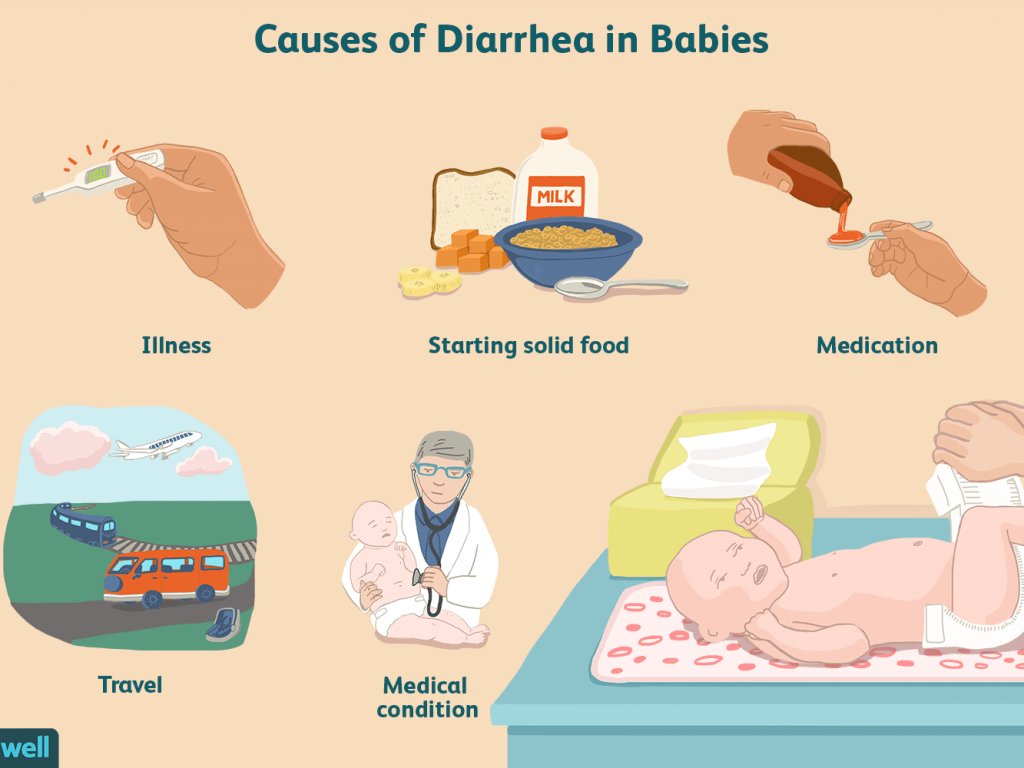 Such an experiment lasts a week, if there is no effect, the previous diet returns. The effectiveness of the diet for treating infantile colic in a situation where the child does not have allergies has not been proven. nine0003
Such an experiment lasts a week, if there is no effect, the previous diet returns. The effectiveness of the diet for treating infantile colic in a situation where the child does not have allergies has not been proven. nine0003
Probiotics for breastfed babies. These are live microorganisms that alter the intestinal microflora and aid in digestion. There is speculation, as yet without conclusive evidence, that the gut microflora of infants with colic is different from that of children without colic. Therefore, it is believed that microorganisms can improve digestion, reduce gas and reduce pain.
What to do? 07/02/20
The doctor prescribed dietary supplement along with the usual medicine. This is fine? nine0003
But it's not that simple:
- It is not known how many of which microbes each person should have.
- Research is carried out with different types of microorganisms. Each type can have its own effect.
 Therefore, the results cannot be generalized to all probiotics.
Therefore, the results cannot be generalized to all probiotics. - There are few data on the safety of probiotics. Only 2% of studies state that the product is safe.
- Many probiotic studies are sponsored by infant formula and pharmaceutical companies. This raises doubts about the objectivity of the results obtained. nine0012
In 2017, a probiotic containing Lactobacillus Reuteri strain DSM 17938 was proven to be effective and safe. In breastfed babies, it reduces the duration of crying by an average of 50 minutes per day. By other criteria, this probiotic is no more effective than a placebo. Therefore, you can use the drug only as directed by a doctor. The probiotic is prescribed for a month to evaluate the effectiveness. With a positive effect, the doctor can extend its intake for another three months. nine0104 800 R
average price for BioGaia and Rela Life probiotics containing Lactobacillus Reuteri. You will need at least two bottles per month
Research on the effectiveness of the probiotic with Lactobacillus Reuteri in artificially fed children is just beginning.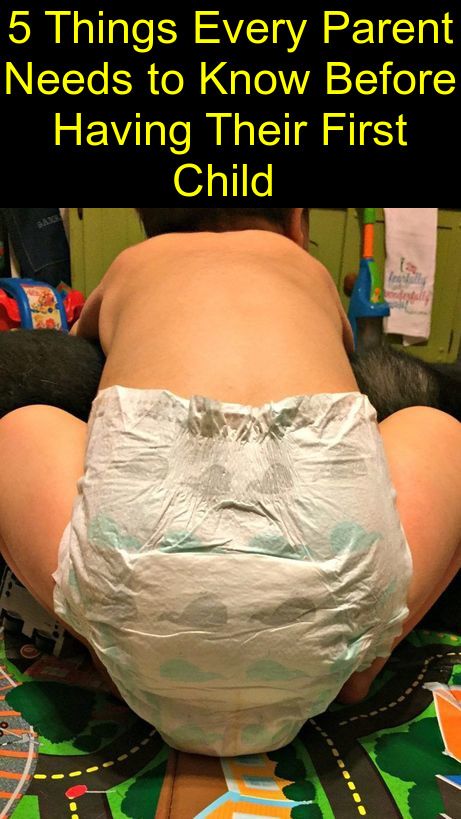
Hydrolyzed formulas for formula-fed babies. Studies show that hydrolyzed protein formulas reduce the duration of crying throughout the day. They switch to a new mixture gradually: it is added to the usual one within four days. This is continued until only a hydrolyzed mixture is obtained. nine0003
If the new formula helps relieve symptoms of colic, continue taking it for up to three to six months. After that, you can resume taking the usual mixture. This method can reduce crying by 37 minutes a day. But it can only be used as directed by a doctor. Incorrect selection of a new mixture can increase colic or cause allergies.
Baby colic: how to recognize and treat, article on the American Academy of Family Physicians website
Dealing with parental anxiety. This method does not reduce the duration of colic in any way, but in 9In 0% of cases, doctors recommend starting with it. If the words of a pediatrician do not help to cope with anxiety, then you can turn to a psychologist.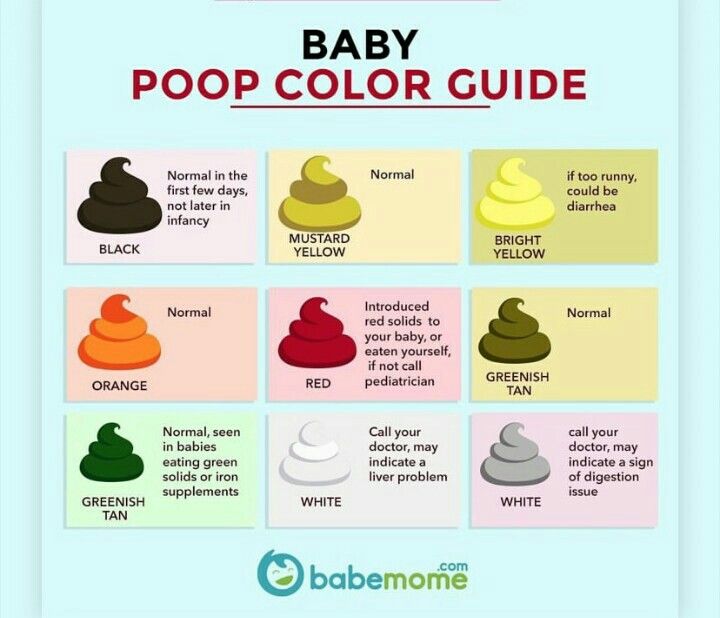
How to work with anxiety
Veronika Khlebnikova
existential psychologist, blogger and mother of three children
To calm a child, one must first of all cope with one's anxiety. I often communicate with parents who are not sure that they are doing the right thing in relation to the child. They think they are not up to the task. At such moments, you need to understand where your anxiety comes from. Then it will be easier for you to get rid of it. nine0003
What does not help with colic
Switching from breastfeeding to artificial feeding. No treatment algorithm recommends eliminating or reducing breastfeeding. This leads to the rapid disappearance of milk, increases the tension of the intestines of the child and weakens his immunity.
120,000 R
the amount per year that artificial feeding can cost
The duration of baby crying may decrease when switching from breastfeeding to artificial feeding. But this is because breast milk is digested faster. As a result, the baby feels hungry more often and gets new portions of milk more often - it seems that during sucking he screams more often. And after the transfer to the mixture, he sleeps longer, which makes it seem that he has become better. nine0003
But this is because breast milk is digested faster. As a result, the baby feels hungry more often and gets new portions of milk more often - it seems that during sucking he screams more often. And after the transfer to the mixture, he sleeps longer, which makes it seem that he has become better. nine0003
Colic is three to five months, and breastfeeding should continue longer. The decision to cancel it must be taken very carefully.
Acid suppressive therapy. Proton pump inhibitors such as omeprazole are not effective in treating infantile colic. Their effectiveness is not higher than that of placebo.
Painkillers. Evidence for the effectiveness of pain relievers for treating infantile colic is sparse and biased. Their use is not recommended without a doctor's prescription. nine0003
Homeopathic preparations. They are used in very low doses, their mechanism of action is not clear, and their effectiveness has not been proven.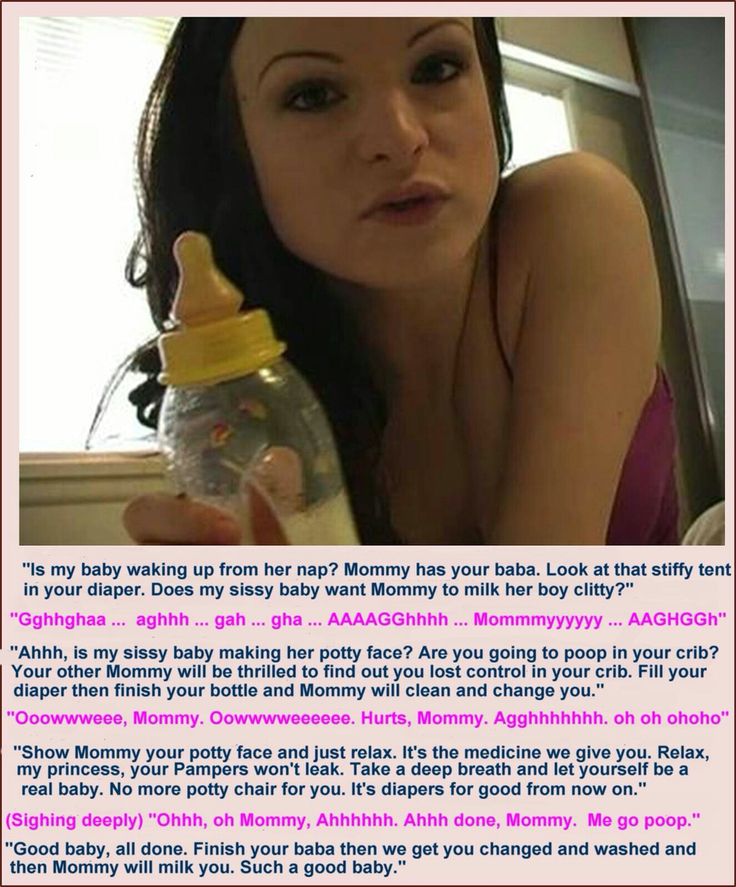 They are not recommended for the treatment of colic in children.
They are not recommended for the treatment of colic in children.
Use of homeotic remedies in infantile colicPDF, 260 KB
Drinking water. Breast milk is more than 80% water. It is enough to quench the thirst of a child up to four to six months, even in the heat. Supplementing babies with water puts them at risk of diarrhea and malnutrition. It can also cause the baby to suckle less at the mother's breast, producing less and less milk, and stop breastfeeding too soon. nine0003
WHO: why is it harmful to give water to infants
Phytotherapy. Few studies have been done on the effectiveness of various herbs. Chamomile, peppermint, lemon balm, licorice, and dill water are reportedly no more effective than placebo. Some herbs can be dangerous for a child and cause allergies. For example, fennel in large quantities can cause vomiting and impair the functioning of the baby's muscles. This is the same plant, from the essential oil of which "dill water" is made.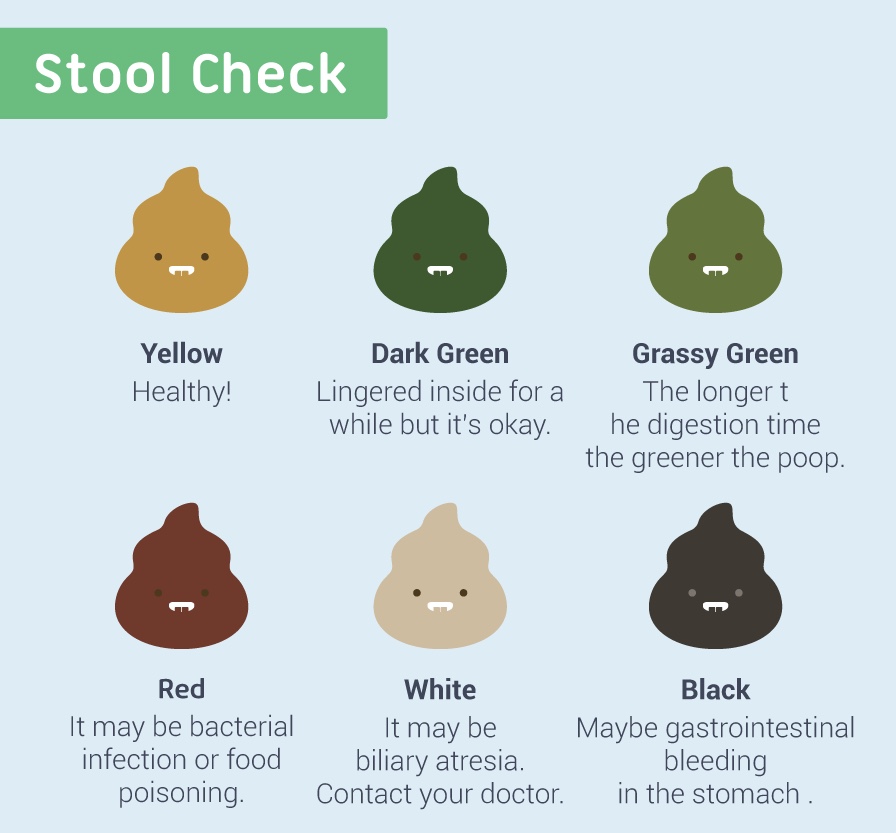 nine0003
nine0003
Simethicone. This is a synthetic substance that reduces bloating. Included in, for example, "Bobotika", "Espumizan baby", "Sub simplex". Simethicone is not absorbed, it acts only in the intestinal lumen on gas bubbles, which causes them to disintegrate. No study has proven that the use of simethicone is effective in treating colic in children.
390 Р
average price per bottle of simethicone
If colic is mainly due to increased gas formation, then simethicone can help. You can only find out by trying. If after a week of taking you have not noticed any difference in the frequency and intensity of colic attacks, it is pointless to continue using it. nine0003
Tea for lactation. Hot drinks are generally not prohibited. It promotes the release of oxytocin, relaxes and calms. And it is easier for a calm mother to cope with a crying child. But herbal tea can be harmful for both mother and child. For example, fennel, lemon balm and sage reduce lactation. Carefully read the composition and recommendations for the amount of tea so as not to overdo it.
For example, fennel, lemon balm and sage reduce lactation. Carefully read the composition and recommendations for the amount of tea so as not to overdo it.
E-Lactanciya: compatibility of medicines and herbs with breastfeeding
Chiropractic, osteopathy. These are alternative medicine methods that use physical manipulations such as stretching and massage. Studies have shown that chiropractic and osteopathy are not effective for treating colic. The safety of these methods for children has not yet been proven.
Manipulative techniques for the treatment of infantile colic, article in Pubmed
Acupuncture, or acupuncture. Proponents of the method insert thin needles into the skin at certain points. They believe that the impact on these points restores vital energy, and pain goes away from this. Acupuncture is useless and is not recommended for treating colic. The safety of this method has also not been proven. nine0003
A review of the efficacy and safety of acupuncture for colic, article in Pubmed
When colic in newborns passes three days a week, and ends by three months.

Rome IV Criteria: Functional Gastrointestinal Disorders in ChildrenPDF, 828KB
Since 2016, colic has been considered to last up to five months. After that, the baby begins to cry less often. If after five months the crying time has not decreased, you need to contact your pediatrician. nine0003
Prevention of colic in newborns
There is no method of prevention that would prevent colic. But proper feeding will help ease their flow and reduce the duration.
Keep your baby on your tummy for as long as possible before each feed. Start with two to five minutes, gradually increasing the time. By three months, the baby can lie on his stomach for about an hour a day.
Attach the baby correctly to the breast: not only the nipple, but also the areola should be in the mouth. nine0003
Mayo Clinic Feeding Position Slideshow
Carry your baby upright for 5 to 15 minutes after each feed to burp up any swallowed air. If feeding at night, lay the baby so that his head was raised.